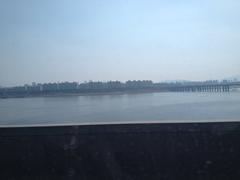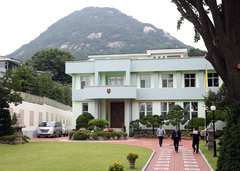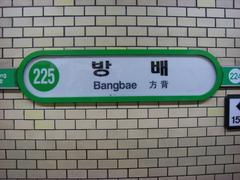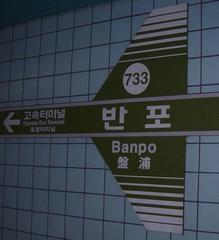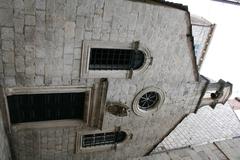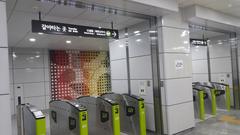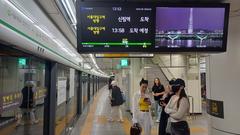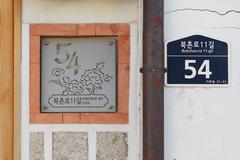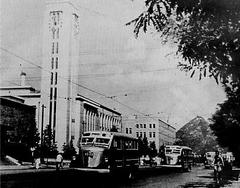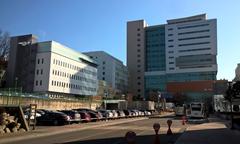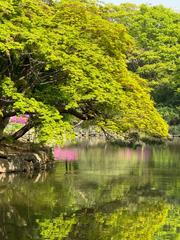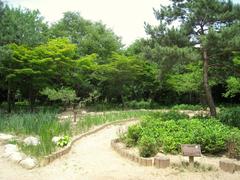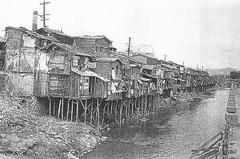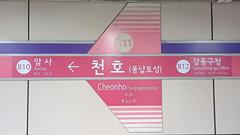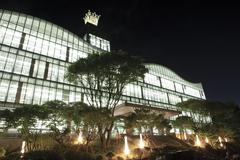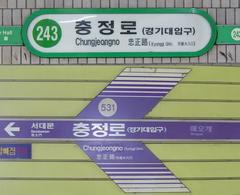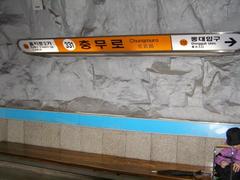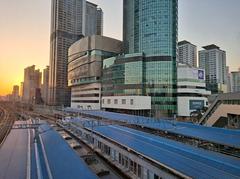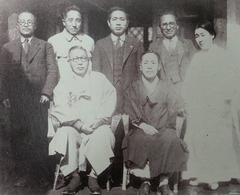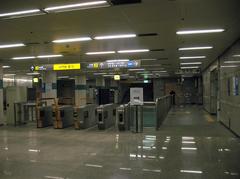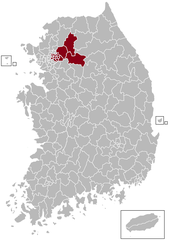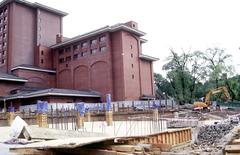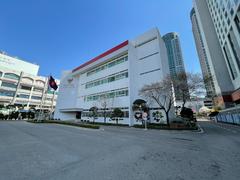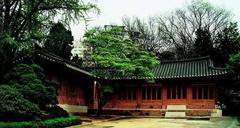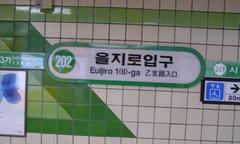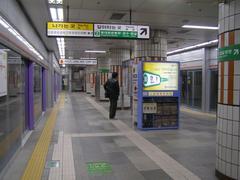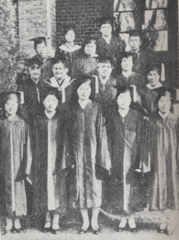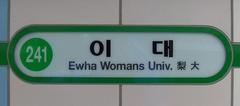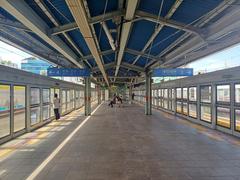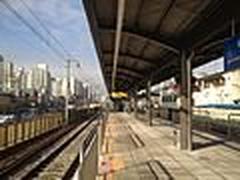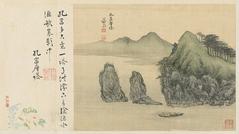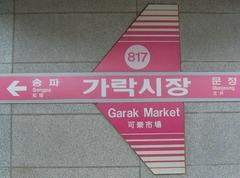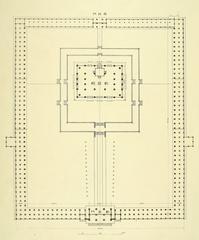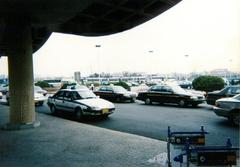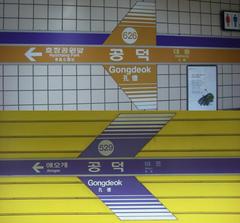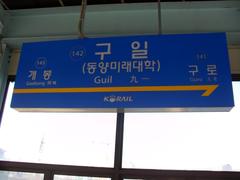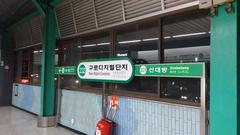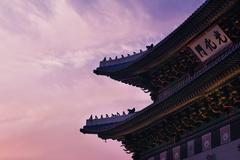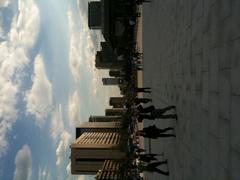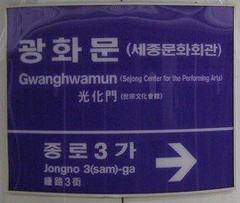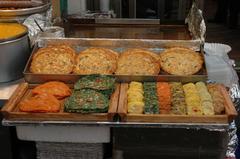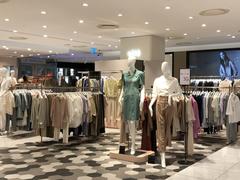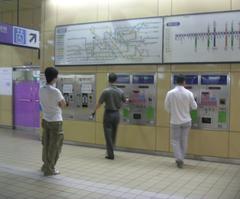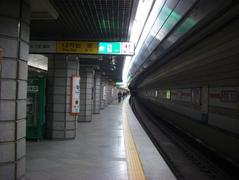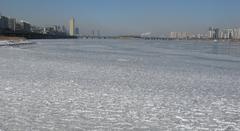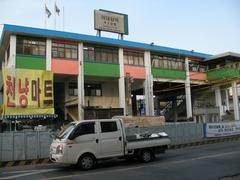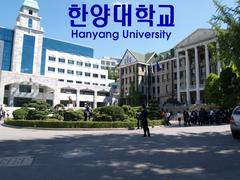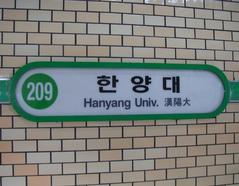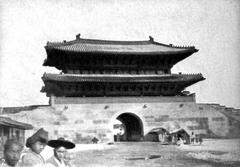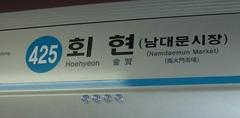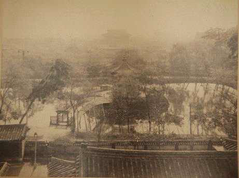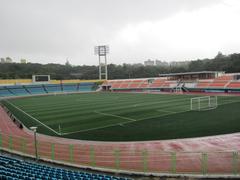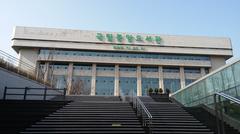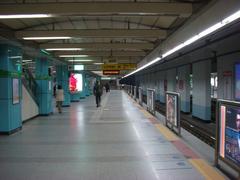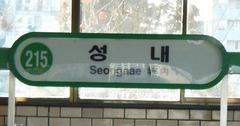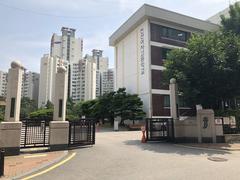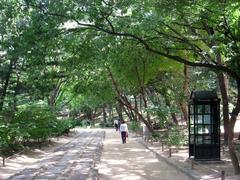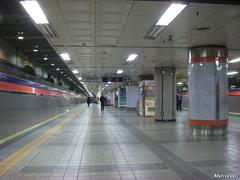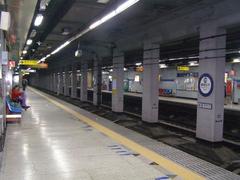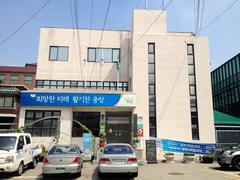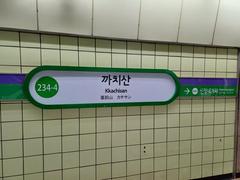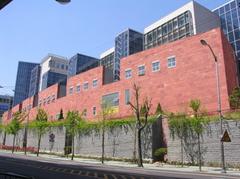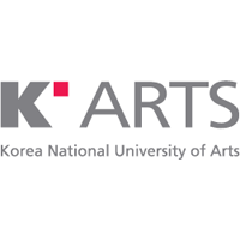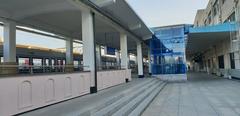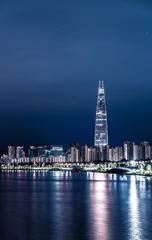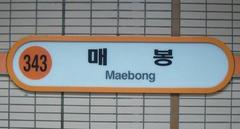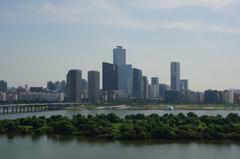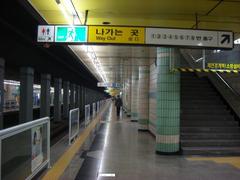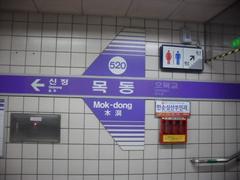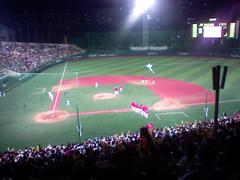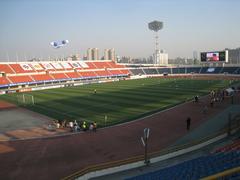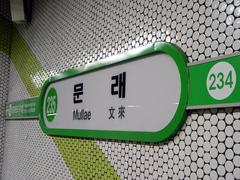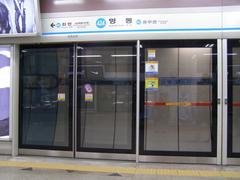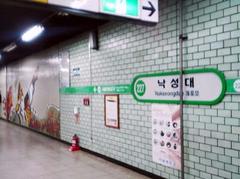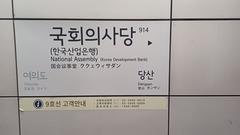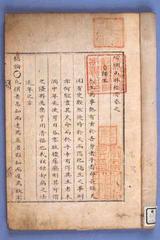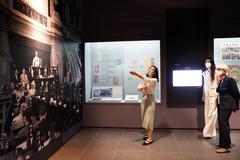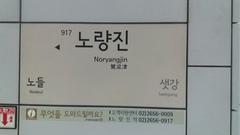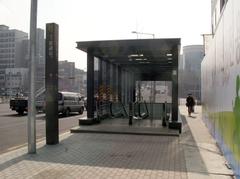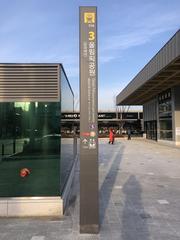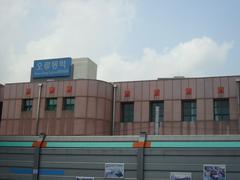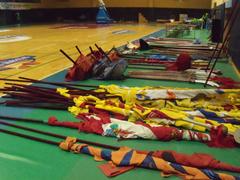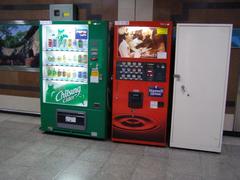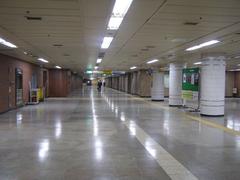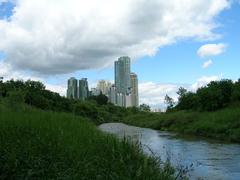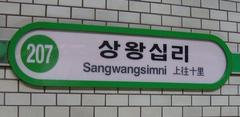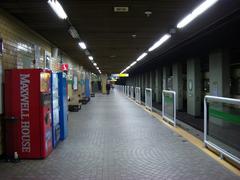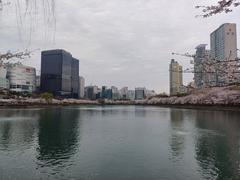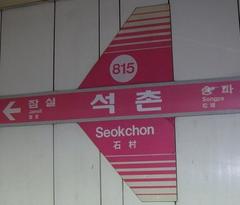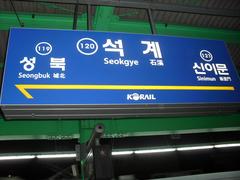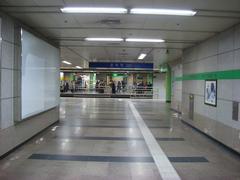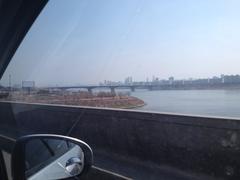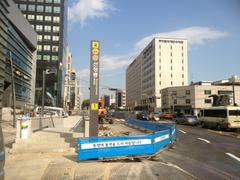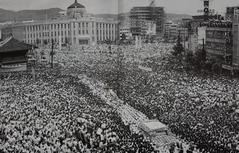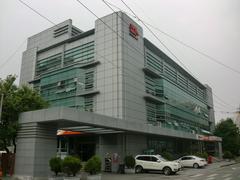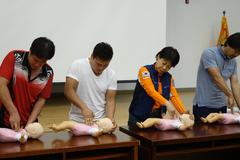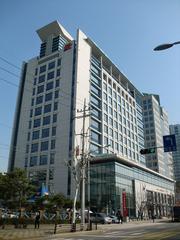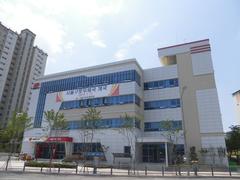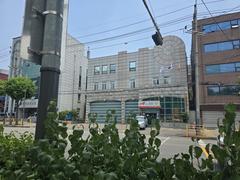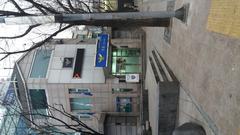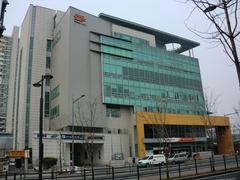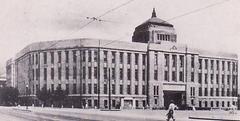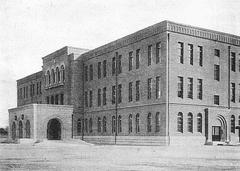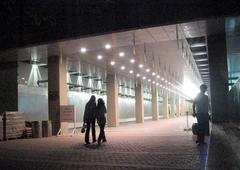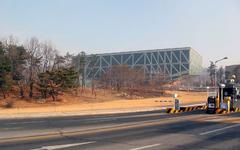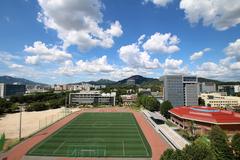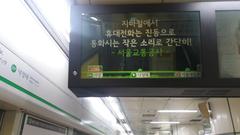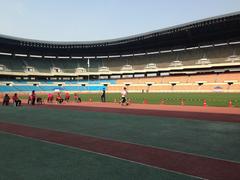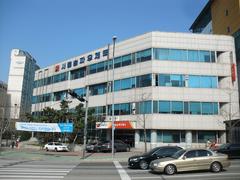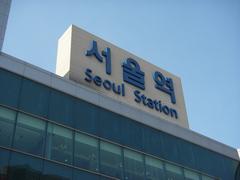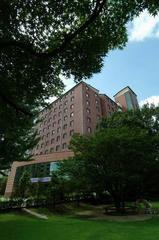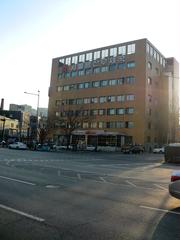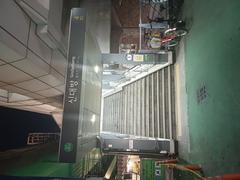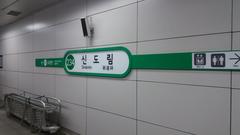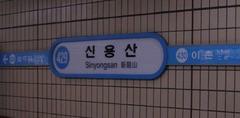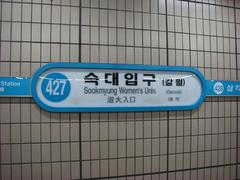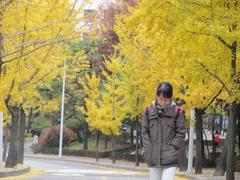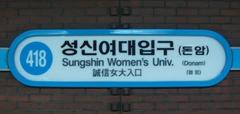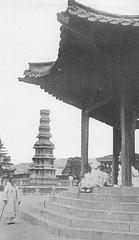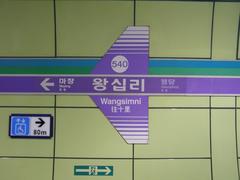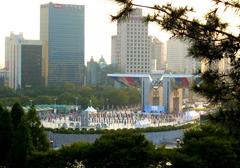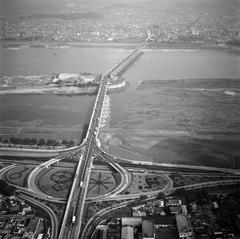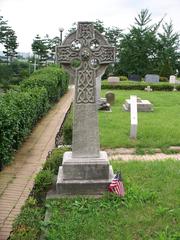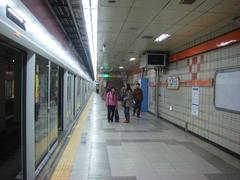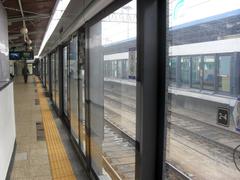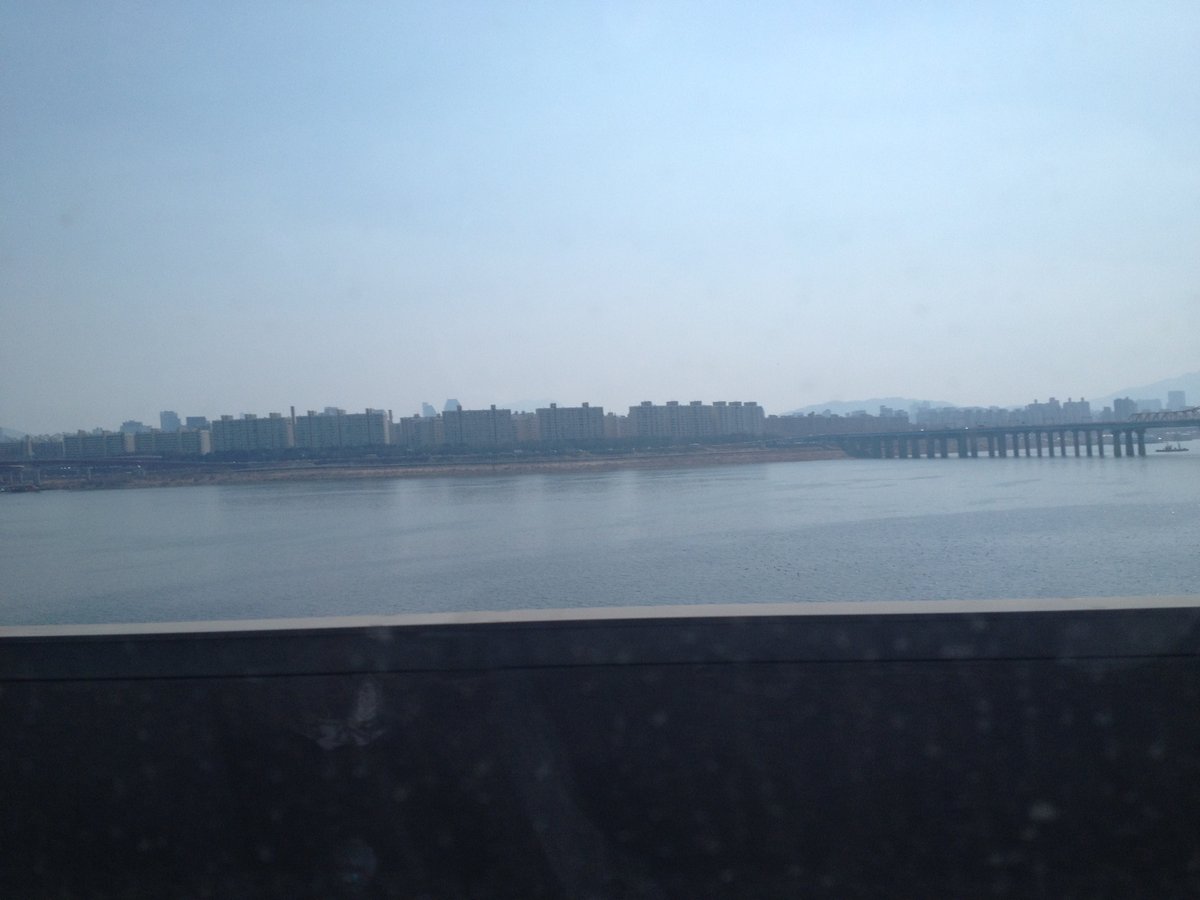
Visiting Dongho Bridge in Seoul: Hours, Tickets, and Tips
Date: 01/08/2024
Introduction
Dongho Bridge, known as 동호대교 in Korean, is not just a functional structure but a significant cultural and architectural landmark in Seoul, South Korea. Spanning the majestic Han River, this bridge connects the affluent district of Gangnam to the bustling areas of northern Seoul, making it a vital artery in the city’s transportation network. Opened in 1985, Dongho Bridge has since become a popular spot for both locals and tourists, offering breathtaking views of the Seoul skyline and the Han River, especially during sunrise and sunset. Its design reflects modern engineering techniques, incorporating both road traffic and the Seoul Subway Line 3, which underscores its importance in the urban landscape (Seoul Itinerary).
In addition to its practical uses, Dongho Bridge is also a cultural icon. It has been featured in various K-dramas and music videos, attracting fans of Korean pop culture. The bridge is a favored spot for photography, especially at night when it is beautifully illuminated. Its pedestrian-friendly design encourages walking and cycling, promoting a healthier lifestyle among residents and visitors alike. With no entrance fees and 24/7 accessibility, Dongho Bridge is an inviting destination for anyone looking to experience the heart of Seoul (BTS Seoul Tour).
Table of Contents
- Introduction
- History and Significance
- Visitor Information
- Environmental and Recreational Role
- Future Prospects
- Conclusion
History and Significance
Construction and Design
Dongho Bridge, a significant infrastructure project that spans the Han River in Seoul, South Korea, was constructed to facilitate both road traffic and Seoul Subway Line 3. The bridge’s design incorporates modern engineering techniques and materials, ensuring its durability and functionality. CCTV cameras are installed at intervals of 80 to 110 meters, enhancing security and monitoring.
Strategic Importance
The bridge links the affluent district of Gangnam in the south with residential areas in the north, facilitating the movement of people and goods across the Han River. This connectivity is vital for Seoul’s economic and social integration. Its proximity to key landmarks such as Apgujeong and Oksu further underscores its significance.
Cultural and Social Impact
Dongho Bridge is more than just a piece of infrastructure; it is a cultural landmark offering stunning views of the Han River and the cityscape. It is popular for pedestrian walks, photography, and social media posts, especially at night when city lights reflect off the river.
Safety and Security
Dongho Bridge is reputed for safety with the fewest number of suicide attempts among the bridges over the Han River. This is due to its inaccessibility to public transportation and the high likelihood of falling while climbing it. CCTV cameras play a crucial role in maintaining security.
Visitor Information
Visiting Hours and Ticket Prices
Dongho Bridge is accessible all day without any entrance fees. However, visiting during daylight or evening hours is recommended for the best experience.
Travel Tips
For the best experience, visit during sunset for stunning views. Public transportation options include subway access via Oksu Station.
Nearby Attractions
Nearby attractions include Apgujeong, known for high-end shopping and dining, and riverside parks offering various recreational activities such as biking and picnicking.
Environmental and Recreational Role
Recreational Activities
The bridge’s pedestrian-friendly design encourages walking and cycling, promoting a healthier lifestyle. The surrounding areas offer biking, picnicking, and river cruises, enhanced by the bridge’s accessibility.
Technological Advancements
The construction reflects significant advancements in civil engineering and the integration of surveillance technology to enhance public safety.
Future Prospects
Dongho Bridge is expected to continue playing a vital role in Seoul’s urban landscape. Future developments may include enhancements to safety features, aesthetic improvements, and the integration of smart technologies to manage traffic flow more efficiently.
Essential Visitor Tips for Dongho Bridge: Best Times, Tickets, and Nearby Attractions in Seoul
Introduction
Dongho Bridge (동호대교) is a stunning landmark in Seoul, South Korea, that spans the Han River and offers picturesque views of the city skyline. This guide provides essential tips on the best times to visit, ticket information, accessibility, nearby attractions, and more, ensuring a memorable experience for all visitors.
Best Time to Visit
The best time to visit is during the early morning or late afternoon. Early mornings provide a serene atmosphere with fewer crowds, perfect for photography enthusiasts looking to capture the sunrise over the Han River. Late afternoons, especially during the golden hour, offer stunning lighting for photos and a pleasant stroll as the city begins to light up.
Visiting Hours and Tickets
Dongho Bridge is open to the public 24 hours a day, seven days a week. There are no admission fees or tickets required to visit the bridge, making it an accessible attraction for all.
Safety Precautions
While Dongho Bridge is a popular spot for both locals and tourists, safety should always be a priority. The bridge is busy with both vehicular and pedestrian traffic. Always stay within designated pedestrian paths and be mindful of cyclists. If you plan to take photos, ensure you are not obstructing the path or stepping into the roadway. For those visiting at night, the bridge is well-lit, but it’s still advisable to stay alert and aware of your surroundings.
Accessibility
Dongho Bridge is accessible via multiple modes of transportation. The nearest subway station is Oksu Station on Line 3, which is about a 10-minute walk from the bridge. For those preferring bus travel, several bus routes stop near the bridge, including routes 141, 142, and 148. Taxis are also a convenient option, especially if you are traveling from other parts of Seoul.
Photography Tips
Dongho Bridge offers numerous photo opportunities. For the best shots, consider the following tips:
- Golden Hour: Visit during sunrise or sunset for the best natural lighting.
- Night Photography: The bridge and surrounding cityscape are beautifully illuminated at night. Use a tripod for long exposure shots to capture the city lights and reflections on the Han River.
- Angles and Perspectives: Experiment with different angles. Capture the bridge from the riverbanks for a wide-angle shot or from the pedestrian path for a more immersive perspective.
Nearby Attractions
Dongho Bridge is conveniently located near several attractions that can be included in your itinerary:
- Seoul Forest: A short distance from the bridge, Seoul Forest is a large park offering walking trails, bike rentals, and playgrounds. It’s a great place to relax and enjoy nature (Seoul Forest).
- Itaewon: Known for its vibrant nightlife and multicultural dining options, Itaewon is a great place to visit after exploring the bridge. It’s easily accessible by subway or taxi.
- Dongdaemun Design Plaza (DDP): A hub for fashion and design, DDP hosts various exhibitions and events. It’s a short subway ride from Dongho Bridge and worth a visit for its unique architecture (DDP).
Dining Options
After a visit to Dongho Bridge, you might want to explore some local dining options. Here are a few recommendations:
- Gwangjang Market: One of Seoul’s oldest traditional markets, Gwangjang Market offers a variety of street food, including bindaetteok (mung bean pancakes) and mayak gimbap (mini seaweed rice rolls). It’s a short taxi ride from the bridge.
- Itaewon Restaurants: For a more international dining experience, head to Itaewon. The area is known for its diverse culinary offerings, from Korean BBQ to Middle Eastern cuisine.
Cultural Insights
Dongho Bridge is not just a functional structure but also a cultural landmark. It has been featured in various K-dramas and music videos, making it a popular spot for fans of Korean pop culture. For instance, scenes from BTS’s “I Need You” music video were filmed on this bridge, adding to its allure for fans (BTS Seoul Tour).
Weather Considerations
Seoul experiences four distinct seasons, each offering a different experience at Dongho Bridge:
- Spring (March to May): Mild temperatures and cherry blossoms make this a popular time to visit. The bridge and surrounding areas are adorned with blooming flowers.
- Summer (June to August): Warm and humid, with occasional rain showers. Early mornings or late evenings are the best times to visit to avoid the heat.
- Autumn (September to November): Cool temperatures and vibrant fall foliage provide a picturesque backdrop for your visit.
- Winter (December to February): Cold and occasionally snowy. The bridge offers a unique, serene beauty during snowfall, but dress warmly.
Local Etiquette
When visiting Dongho Bridge, it’s important to be mindful of local customs and etiquette:
- Respect Personal Space: While taking photos or enjoying the view, be considerate of others. Avoid blocking pathways or intruding on personal space.
- Noise Levels: Keep noise to a minimum, especially during early mornings or late evenings, to maintain a peaceful environment.
- Littering: Dispose of any trash in designated bins. Keeping the area clean is a shared responsibility.
Emergency Contacts
In case of emergencies, it’s essential to have the following contact information handy:
- Police: Dial 112 for immediate assistance.
- Medical Emergencies: Dial 119 for ambulance services.
- Tourist Information: The Korea Travel Hotline (1330) provides 24/7 assistance in multiple languages (Korea Travel Hotline).
FAQ
Q: Is there an entrance fee for Dongho Bridge?
A: No, there is no entrance fee. The bridge is open to the public 24/7.
Q: What is the best time for photography at Dongho Bridge?
A: The best times are during sunrise and sunset for natural lighting, and at night for illuminated cityscape shots.
Q: How do I get to Dongho Bridge?
A: The nearest subway station is Oksu Station on Line 3. Several bus routes, including 141, 142, and 148, also stop near the bridge.
Additional Resources
For more detailed information and updates on visiting Dongho Bridge and other attractions in Seoul, consider the following resources:
- Visit Seoul Official Website: Provides comprehensive guides and updates on attractions, events, and travel tips (Visit Seoul).
- Korea Tourism Organization: Offers extensive resources for tourists, including maps, brochures, and travel advisories (Korea Tourism Organization).
By following these tips, visitors can ensure a safe, enjoyable, and memorable experience at Dongho Bridge, one of Seoul’s iconic landmarks.
Conclusion
Dongho Bridge stands as a testament to Seoul’s commitment to modernization and connectivity. Its strategic location, linking key districts and facilitating economic and social integration, highlights its importance beyond mere functionality. The bridge’s architectural beauty, coupled with its cultural significance and the array of activities it offers, makes it an indispensable part of Seoul’s urban landscape. From early morning jogs and sunset strolls to capturing the perfect night-time photograph, Dongho Bridge provides a multifaceted experience for all visitors. As Seoul continues to evolve, the bridge is expected to remain a symbol of the city’s progress, with potential future enhancements in safety, aesthetics, and smart technology integration for better traffic management (Condé Nast Traveler).
Whether you are a history enthusiast, a photography lover, or simply looking for a scenic spot to relax, Dongho Bridge offers something for everyone. Its role in connecting different parts of the city while providing a peaceful retreat amidst the urban hustle and bustle is unmatched. Plan your visit to Dongho Bridge and experience one of Seoul’s most iconic landmarks, reflecting the city’s dynamic spirit and enduring charm (Ploy’s Little Atlas).
References
- Visit Seoul Official Website. (n.d.). Retrieved from Visit Seoul
- BTS Seoul Tour. (n.d.). Retrieved from Flexi Classes
- Condé Nast Traveler. (n.d.). Retrieved from Condé Nast Traveler
- Ploy’s Little Atlas. (n.d.). Retrieved from Ploy’s Little Atlas
- Seoul Itinerary. (n.d.). Retrieved from The Whole World is a Playground
